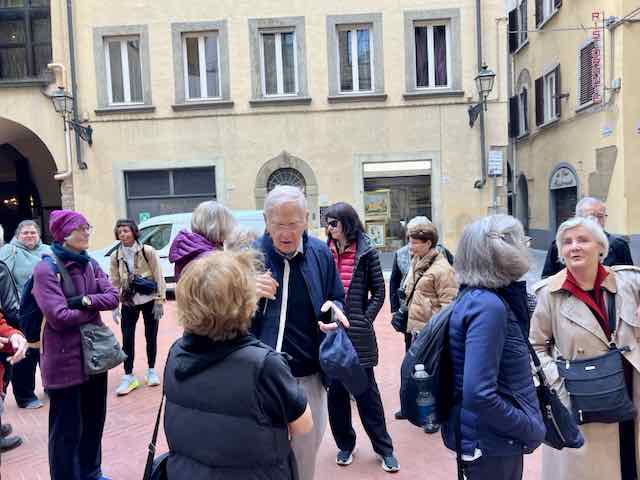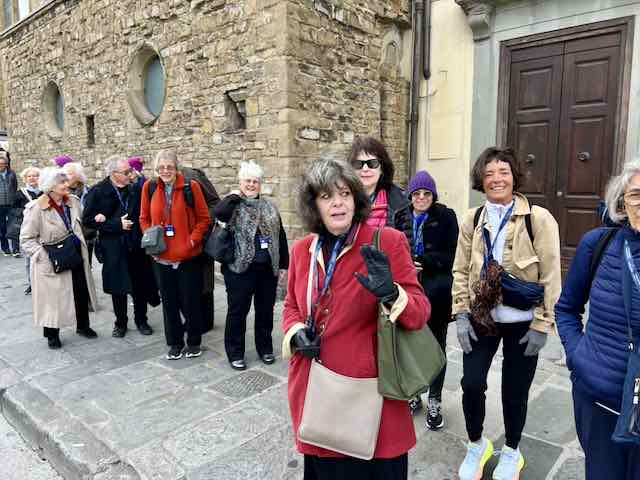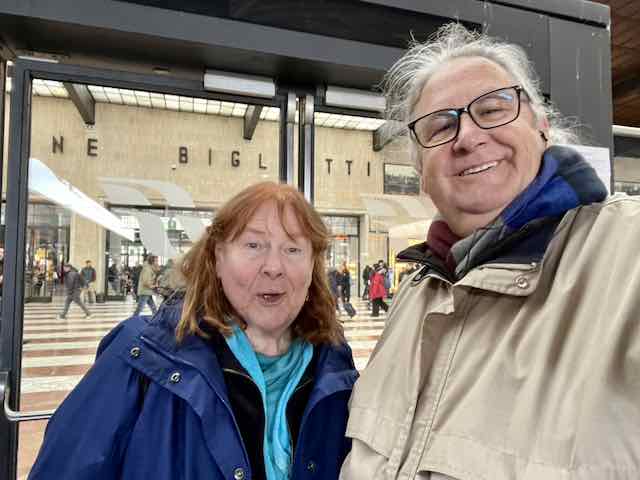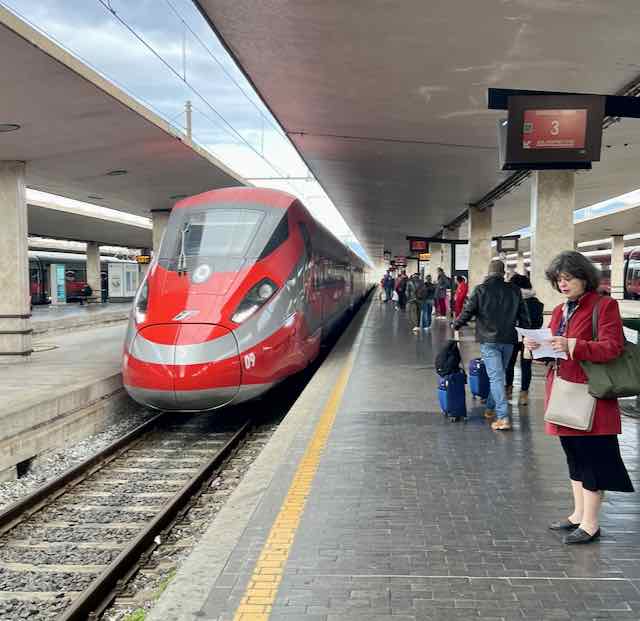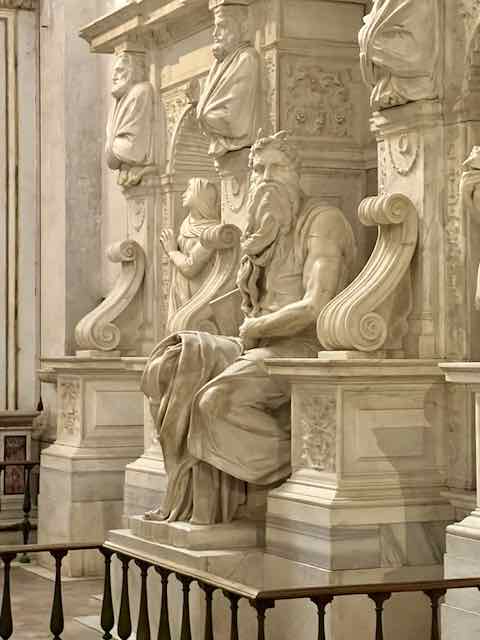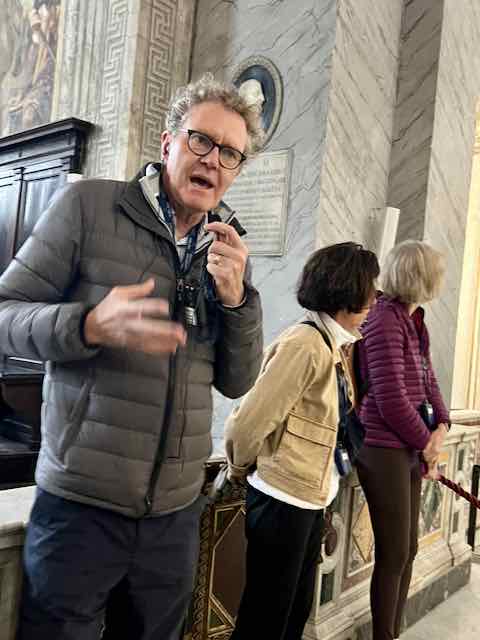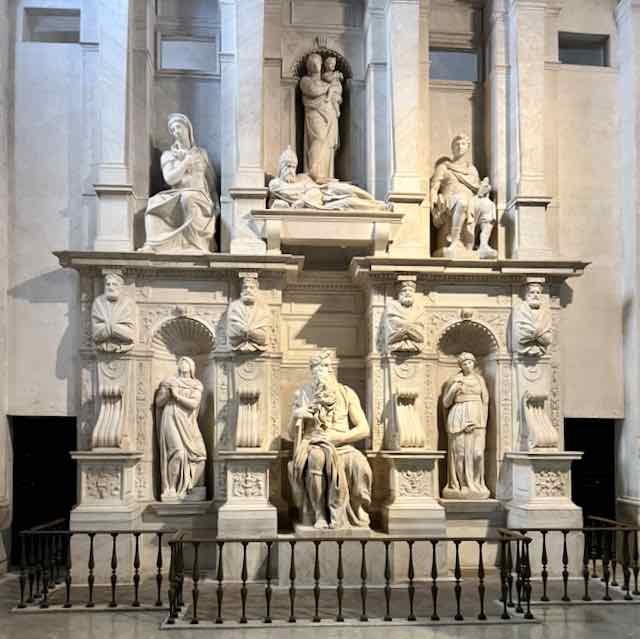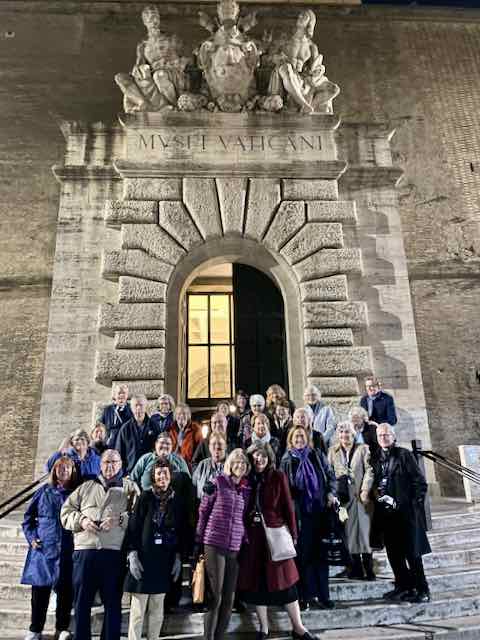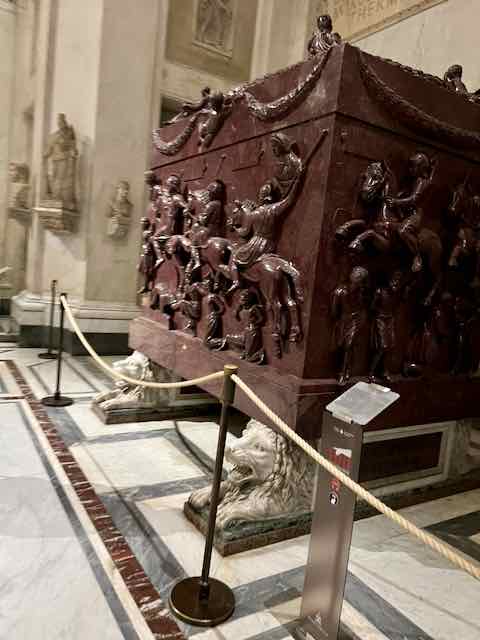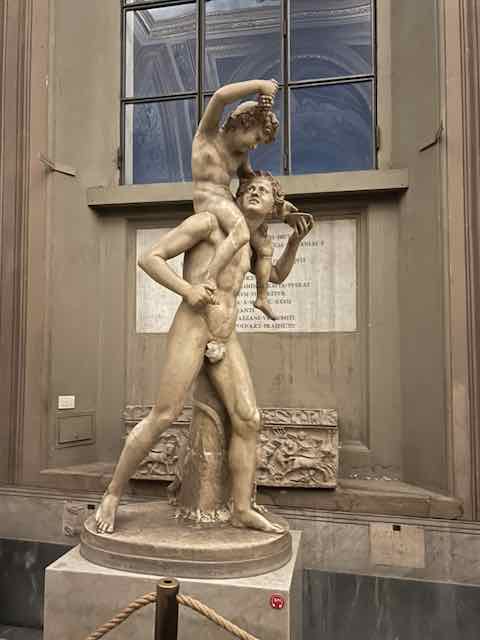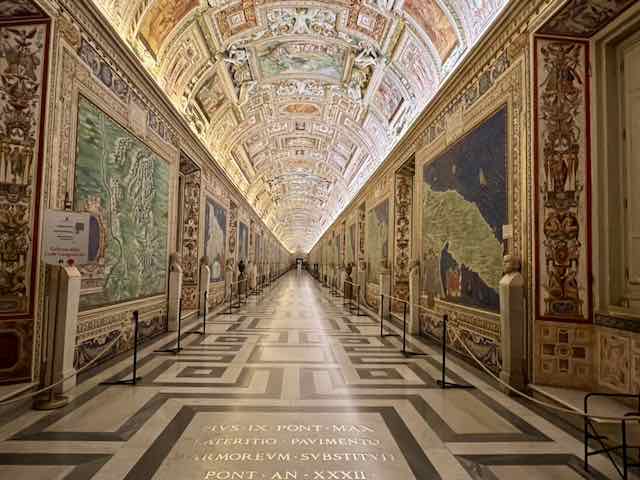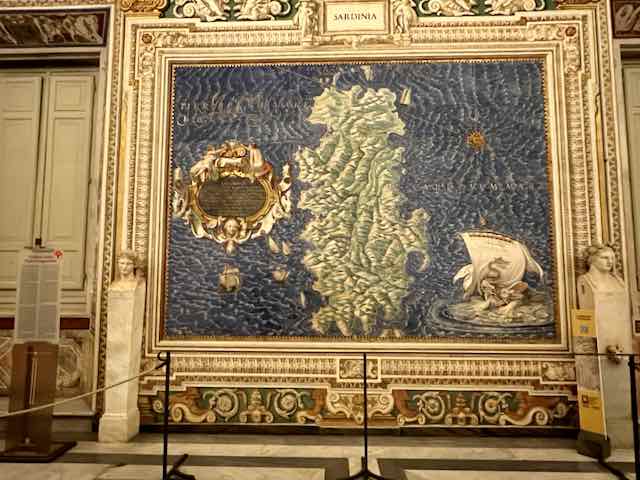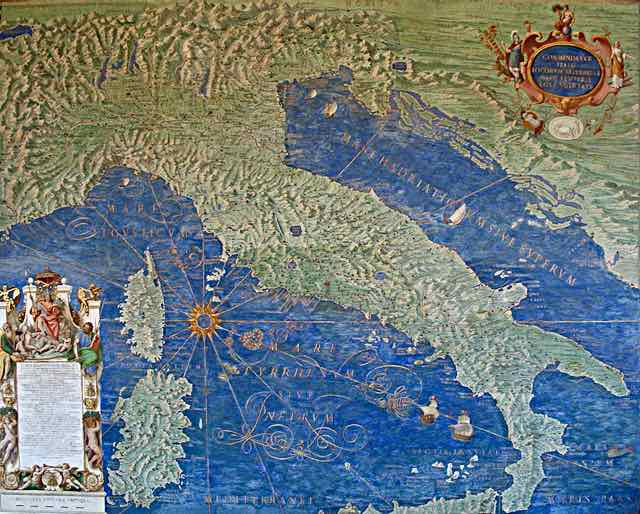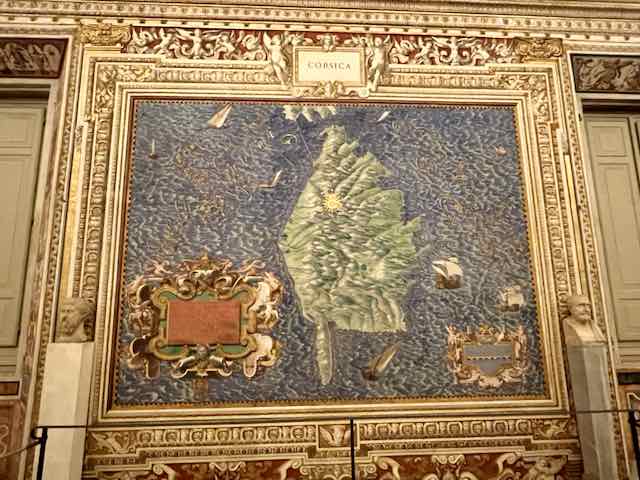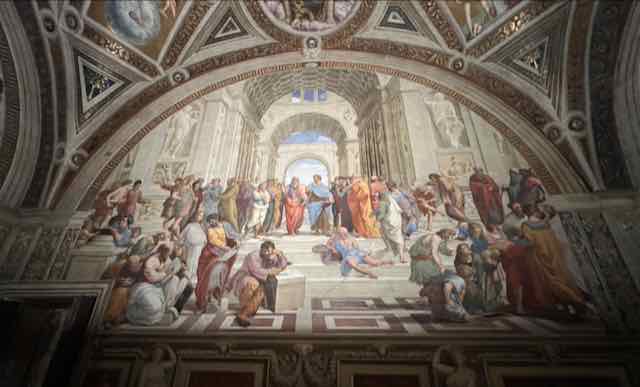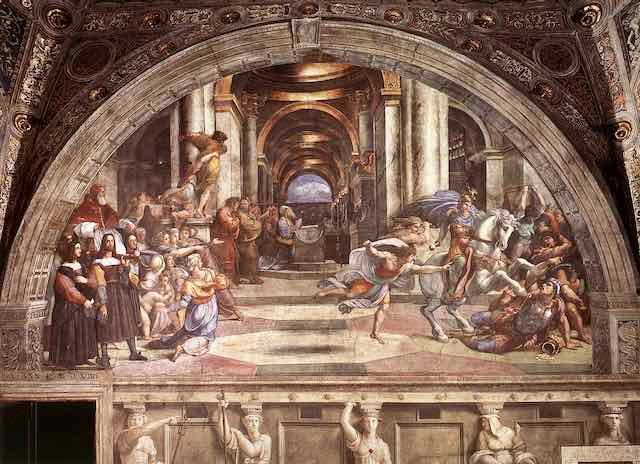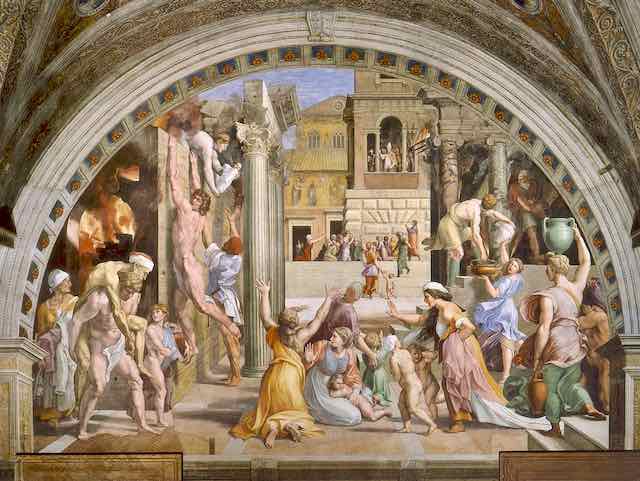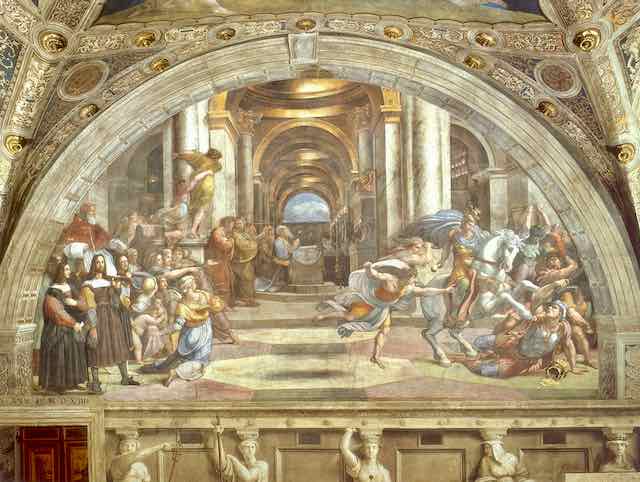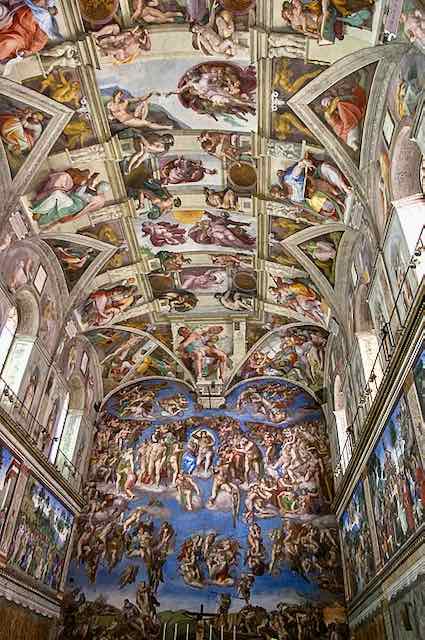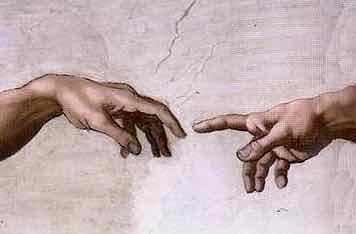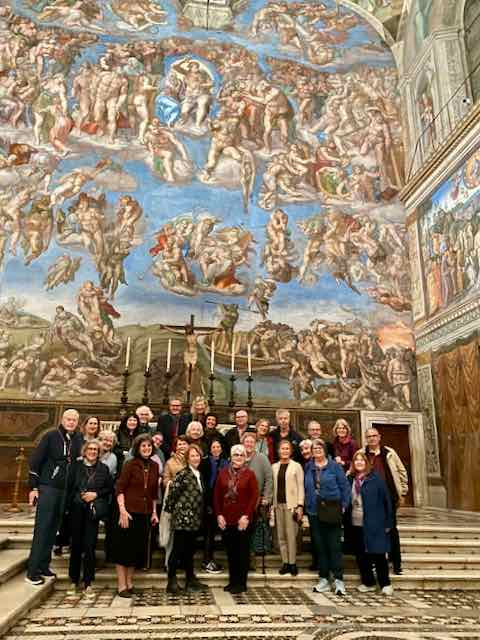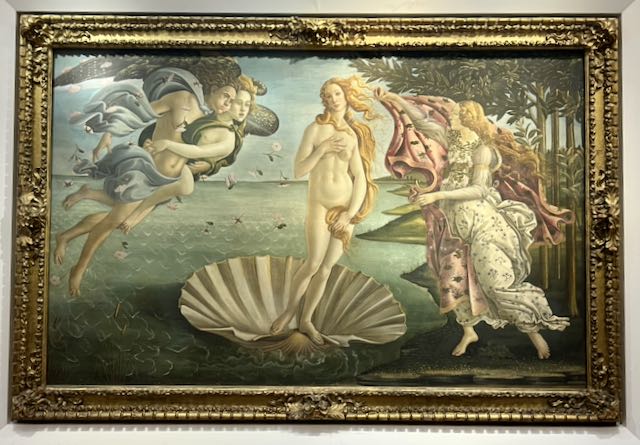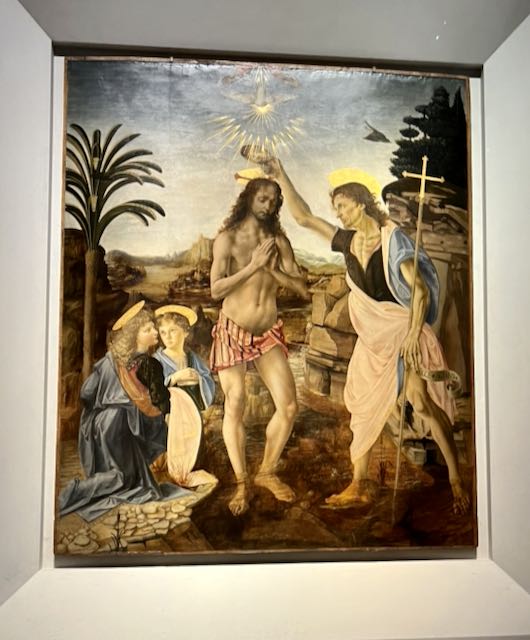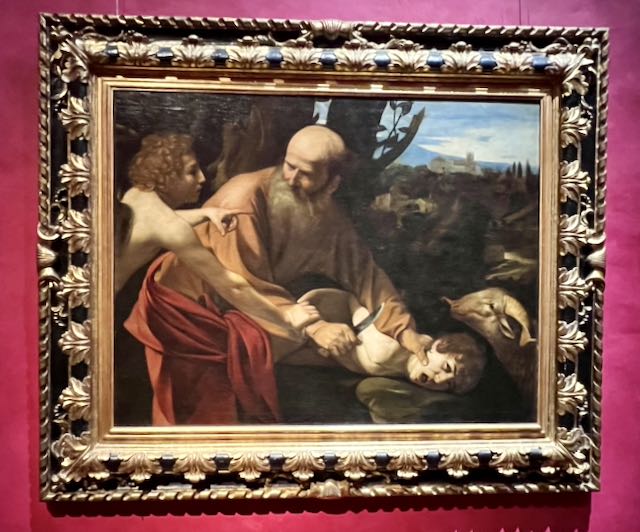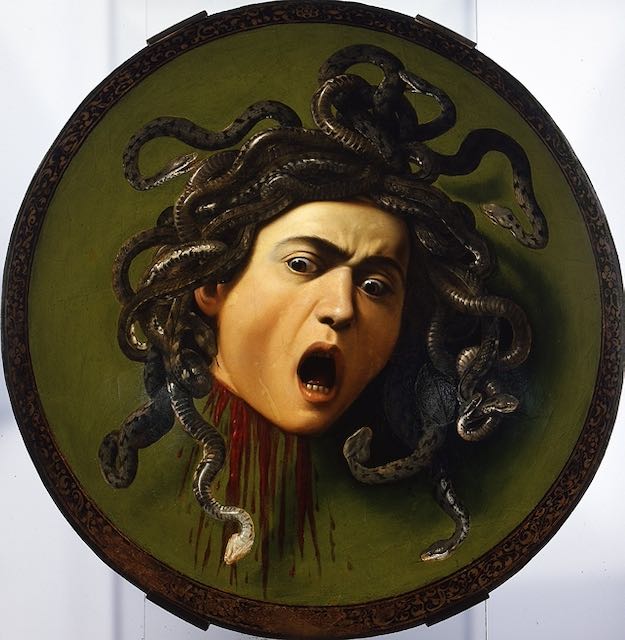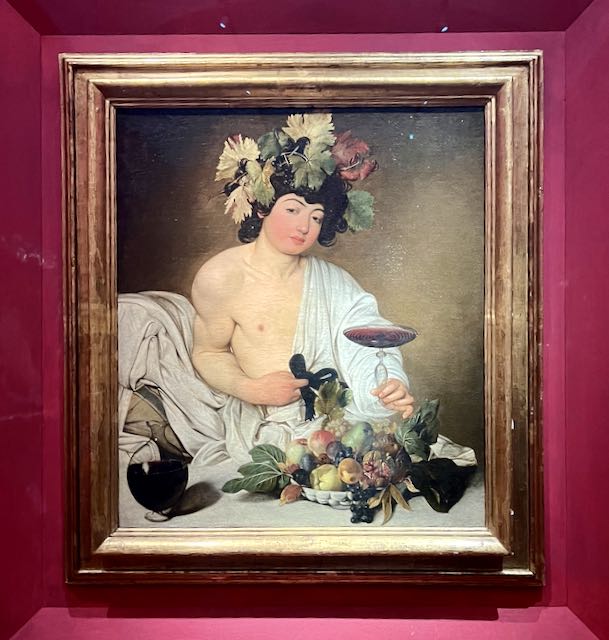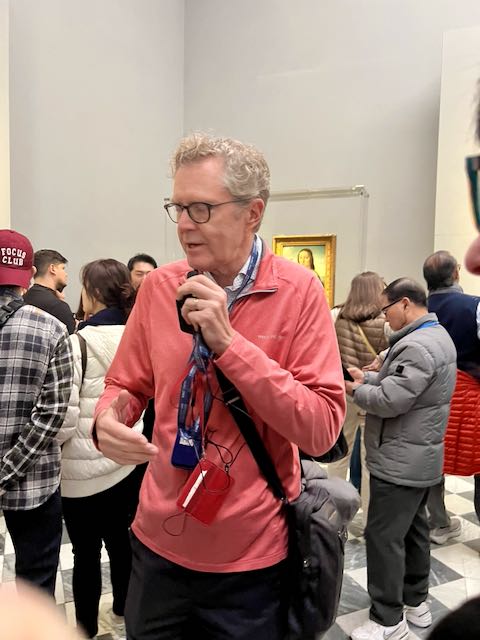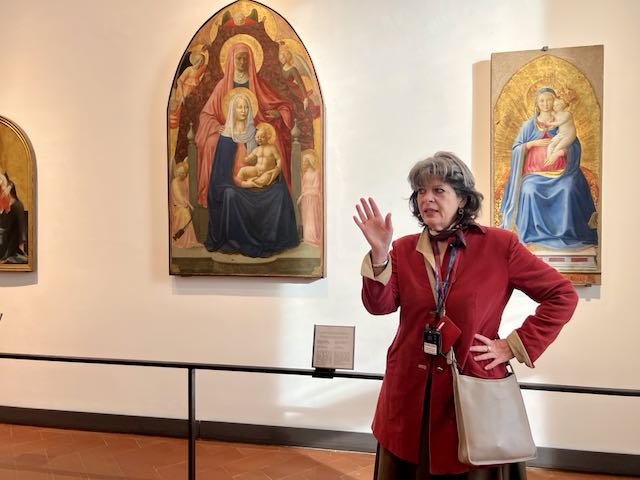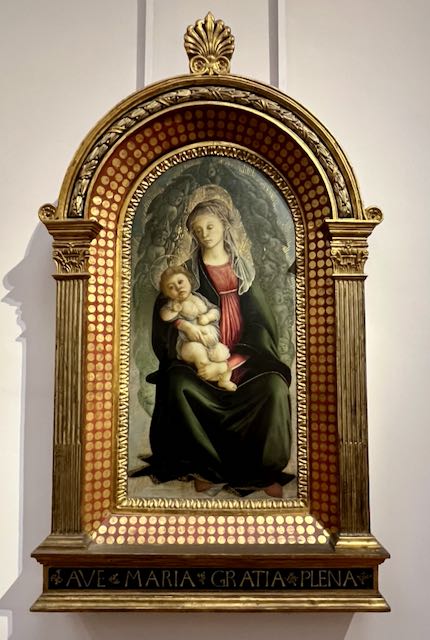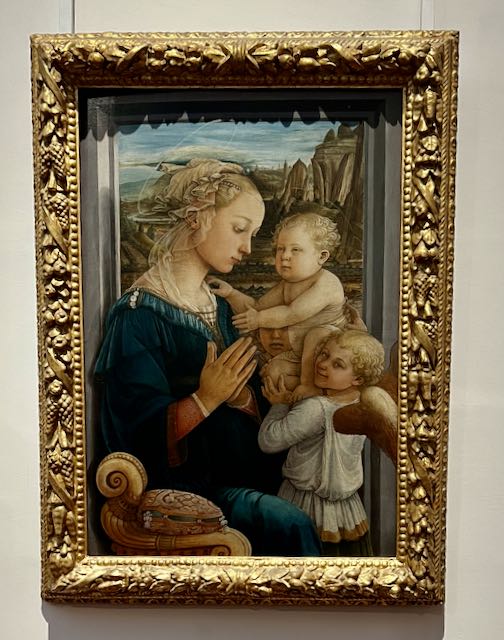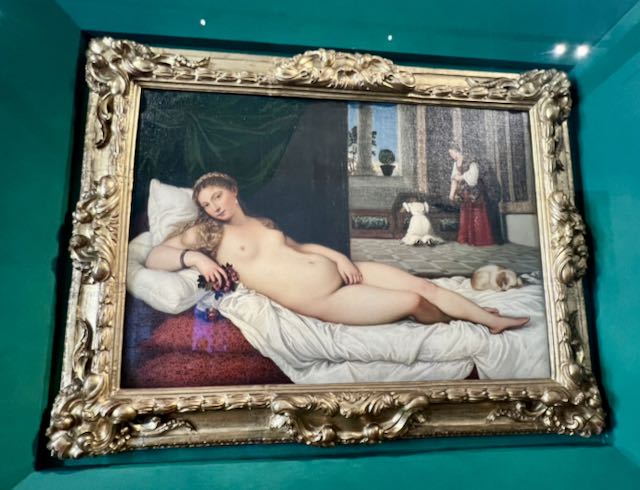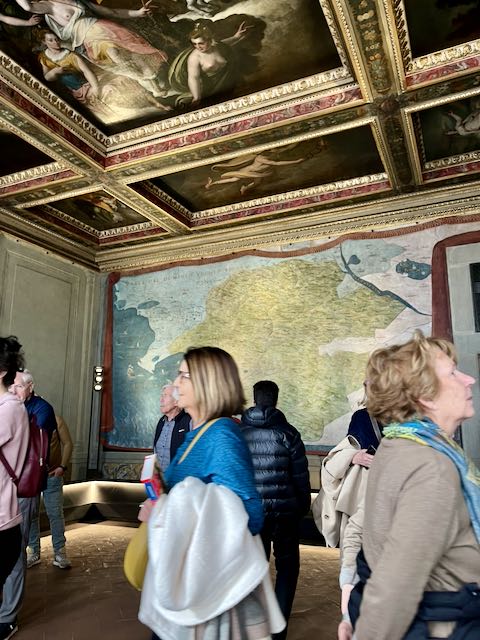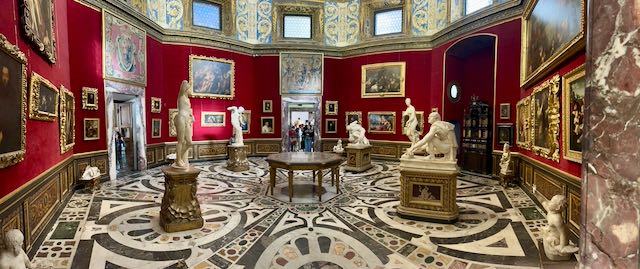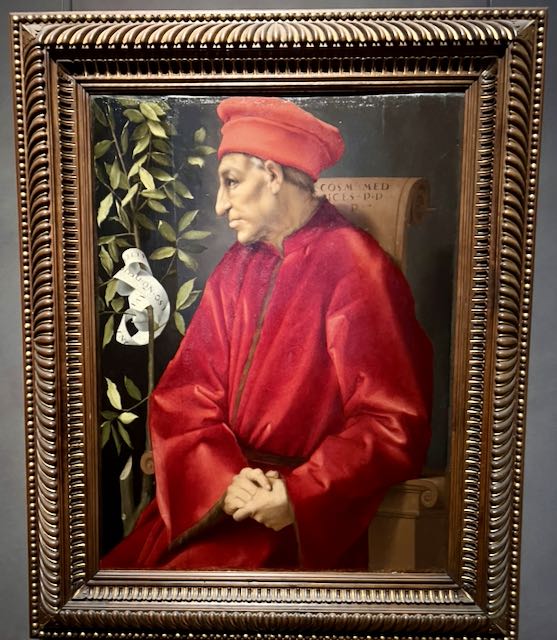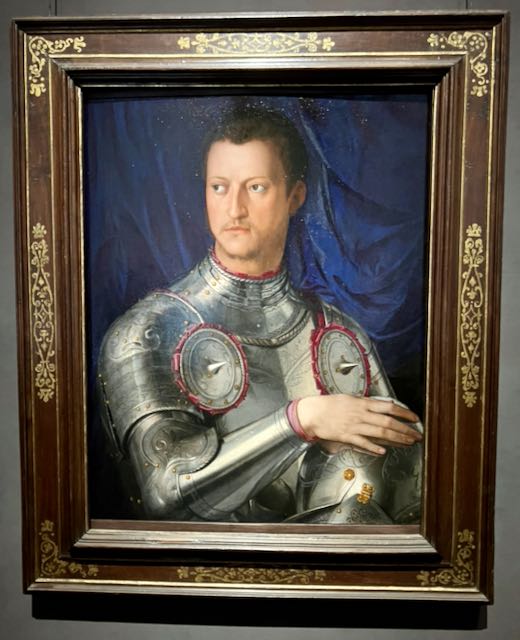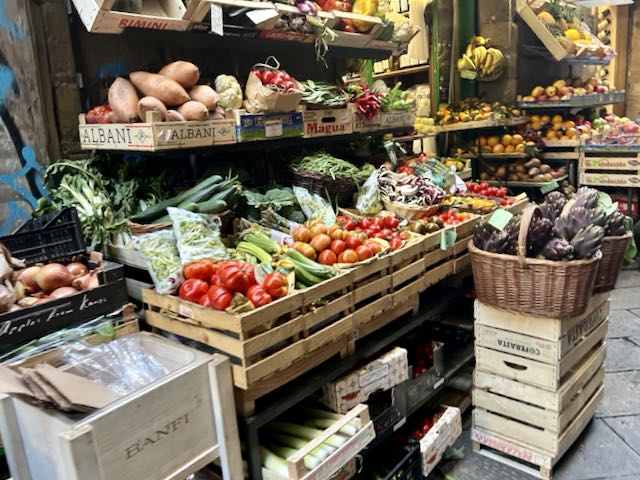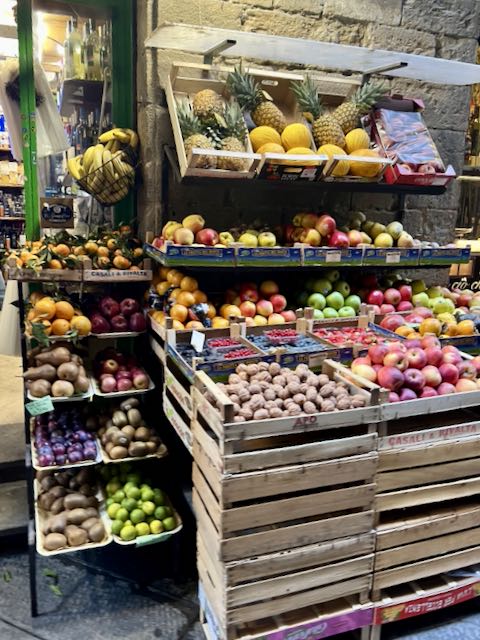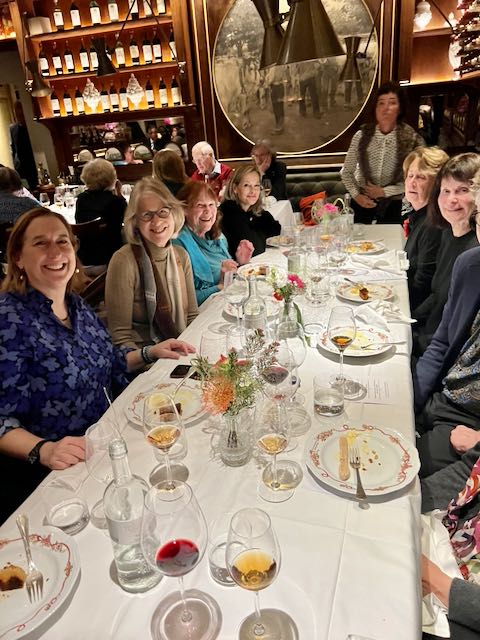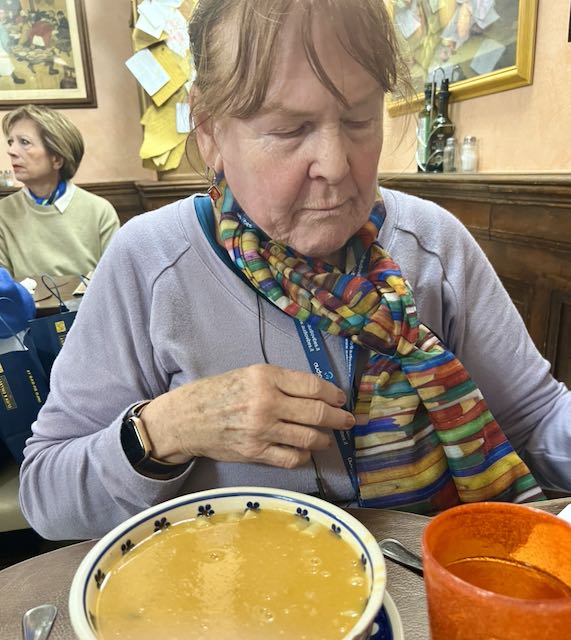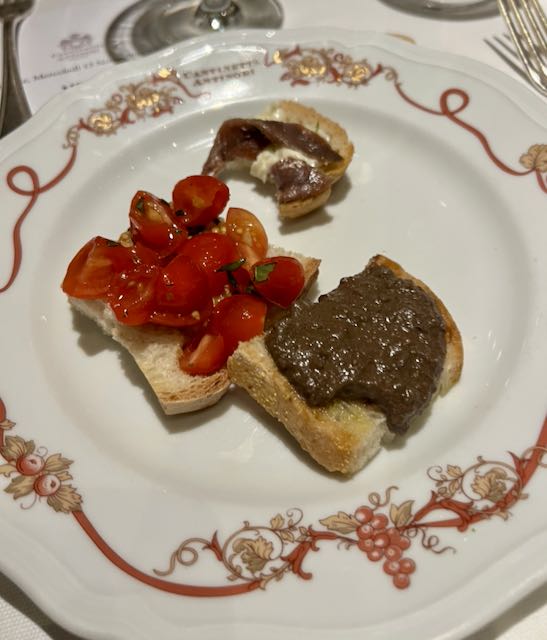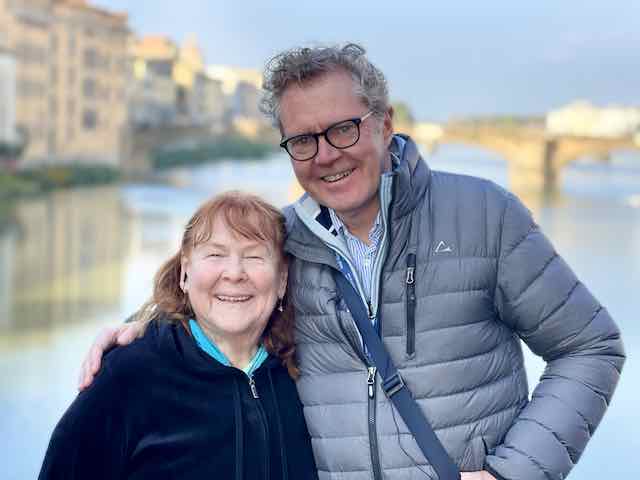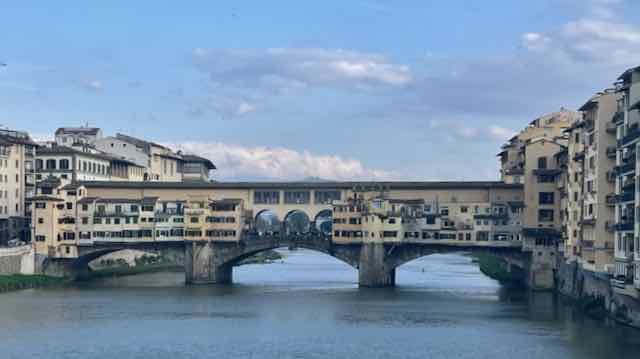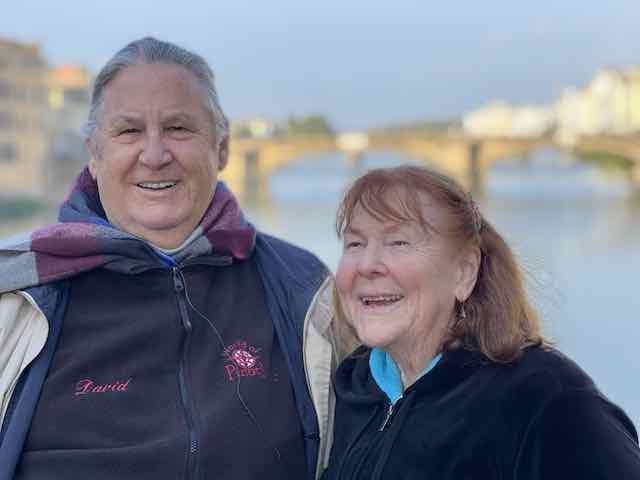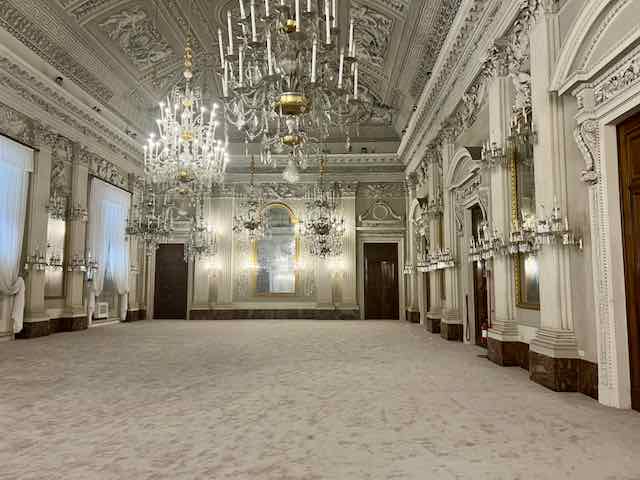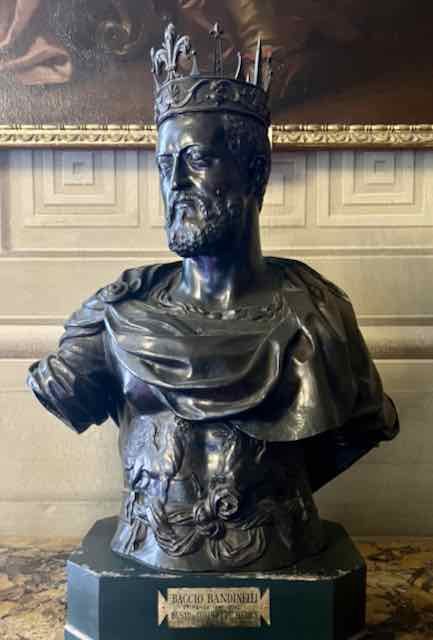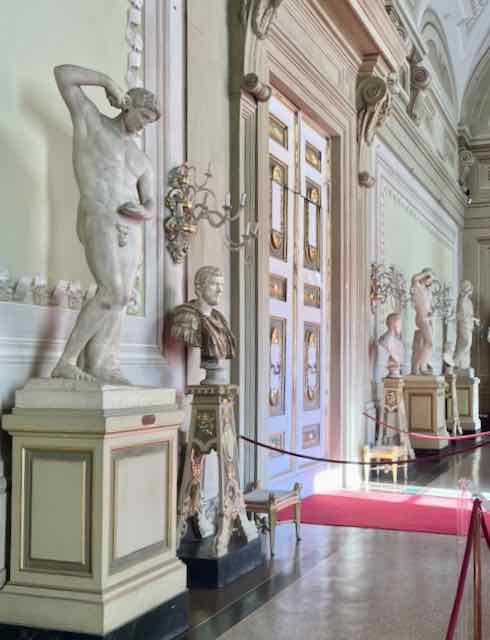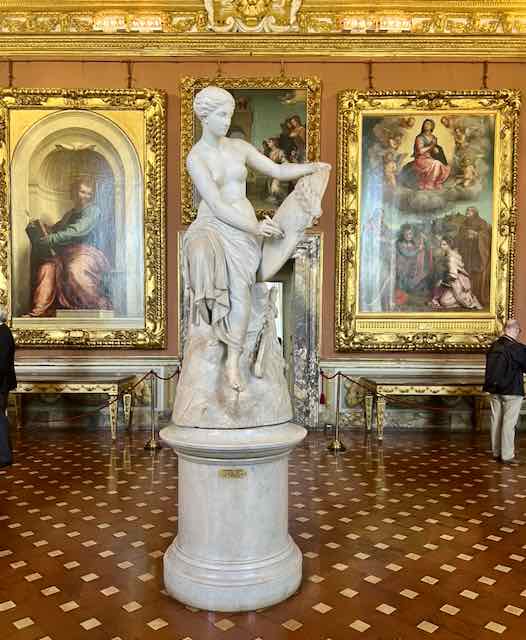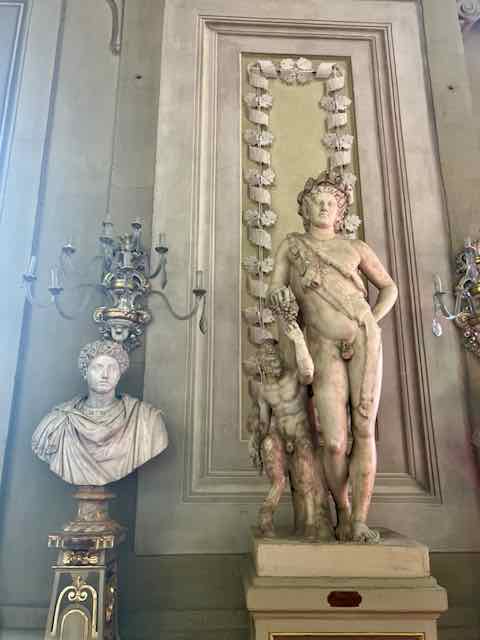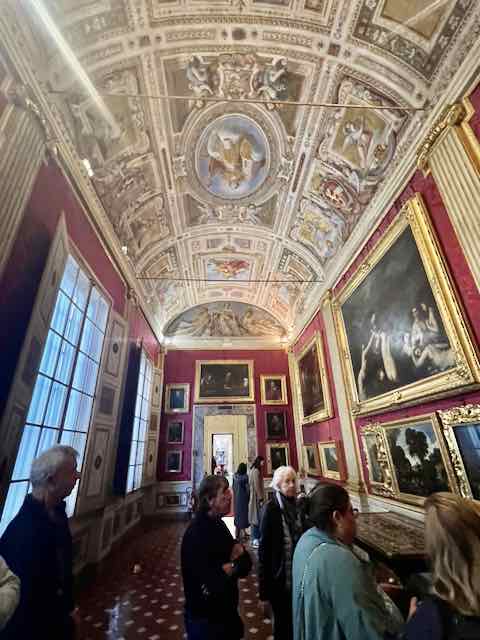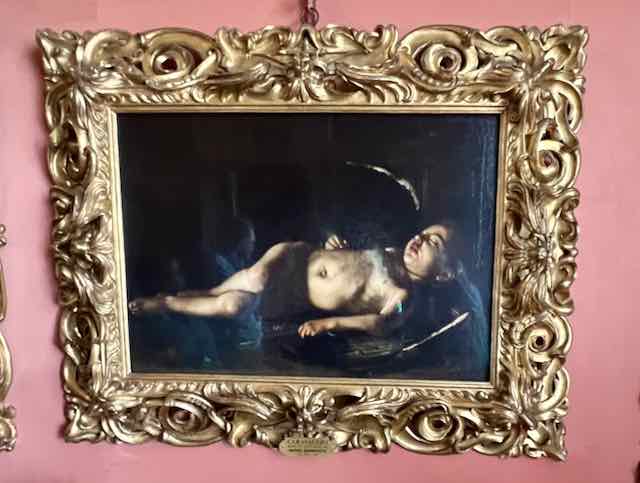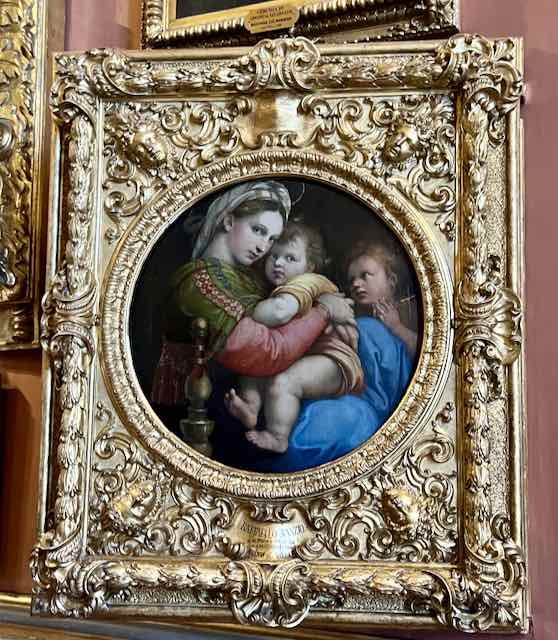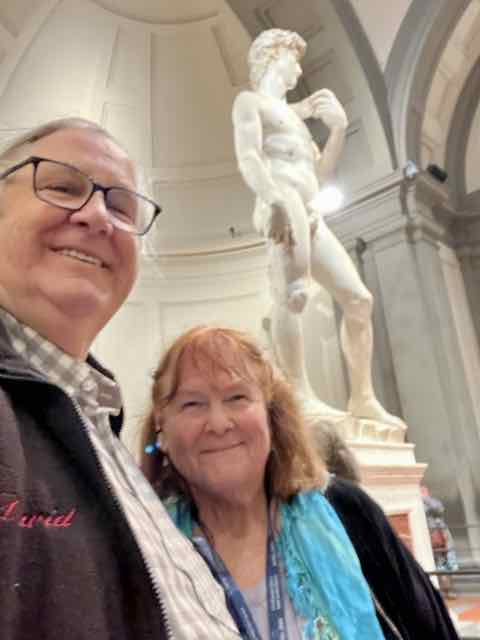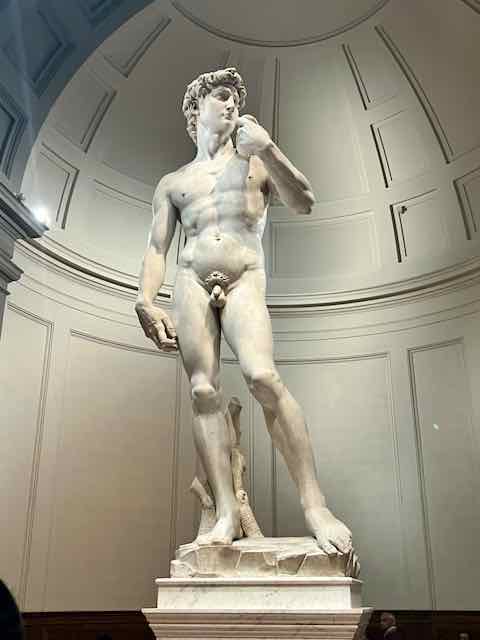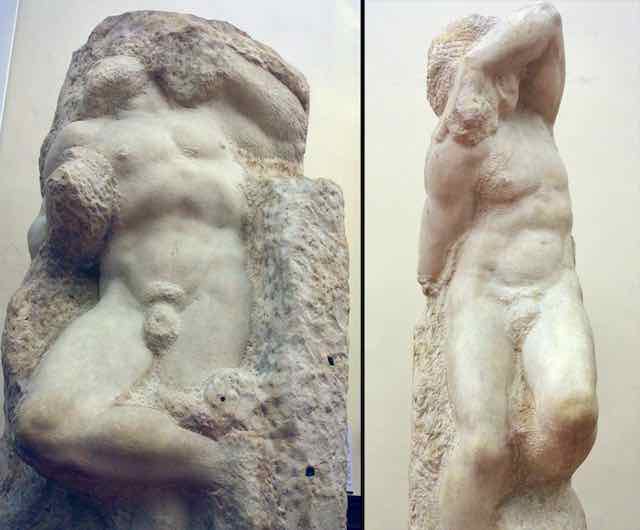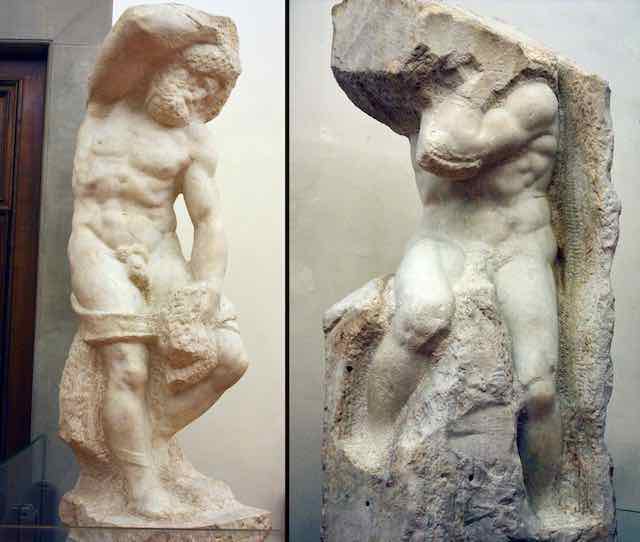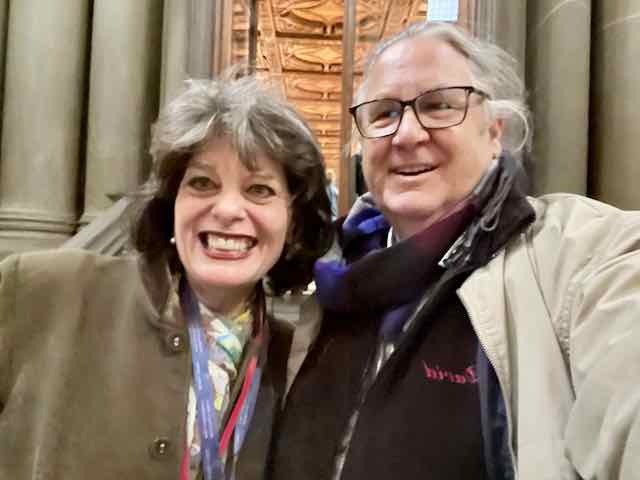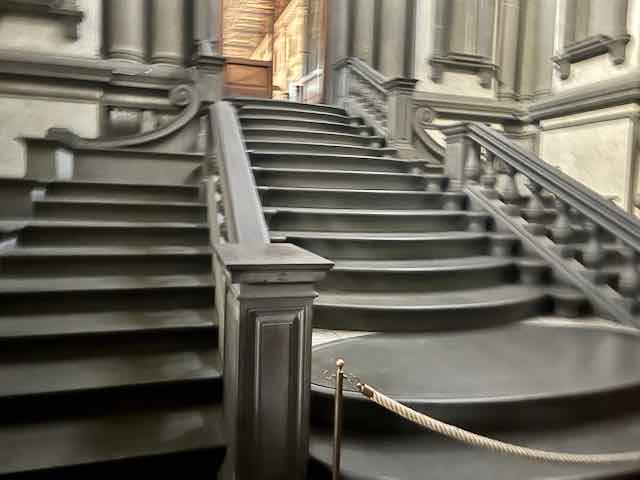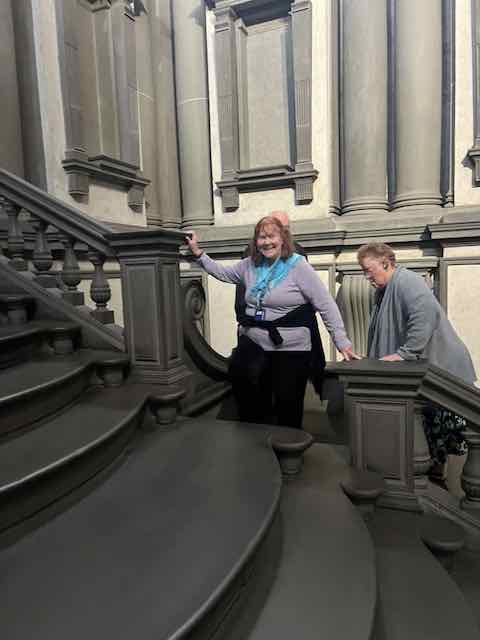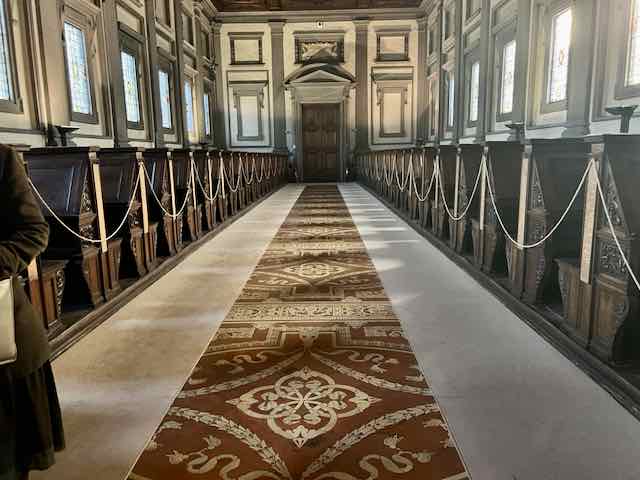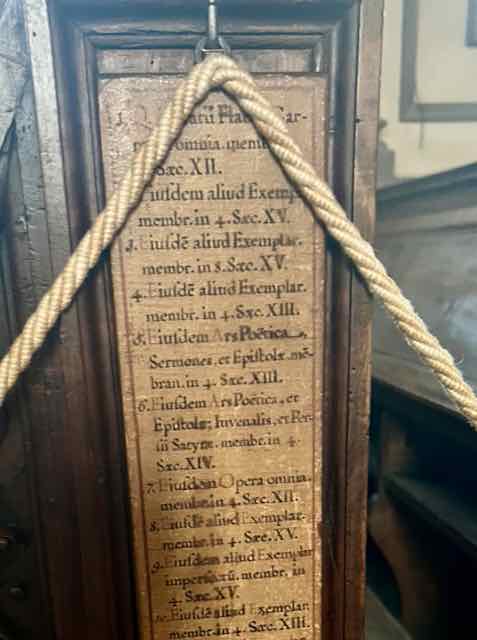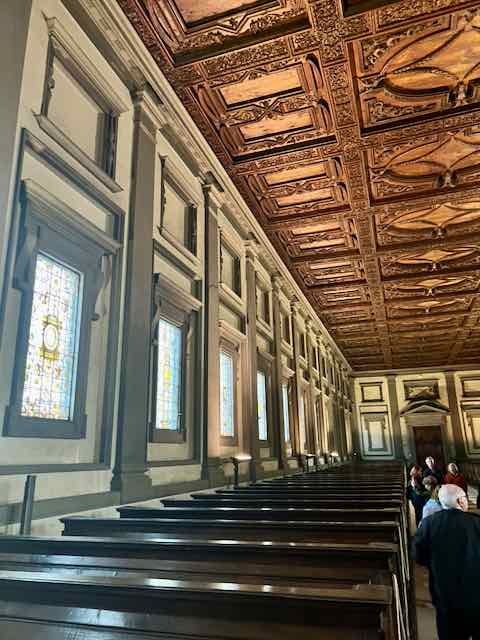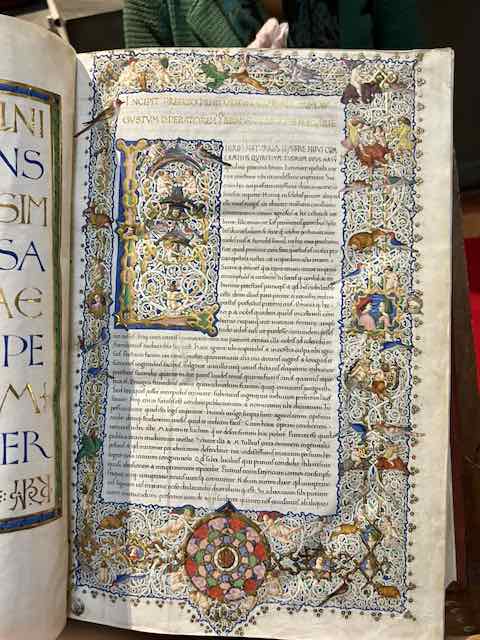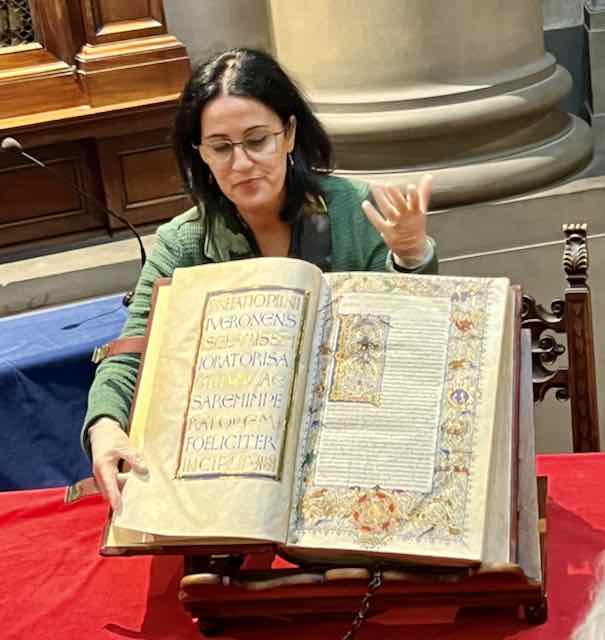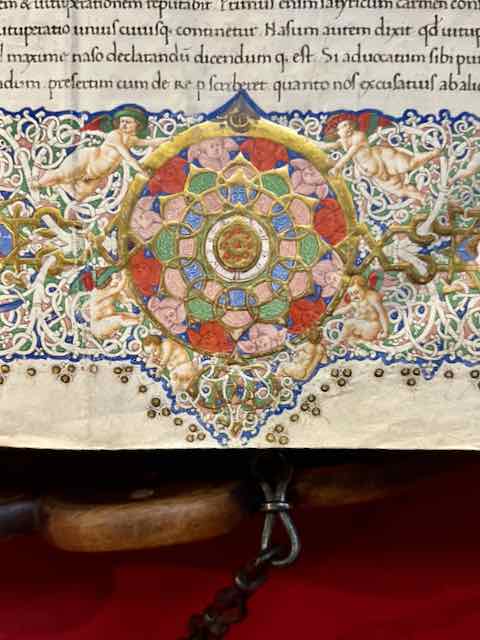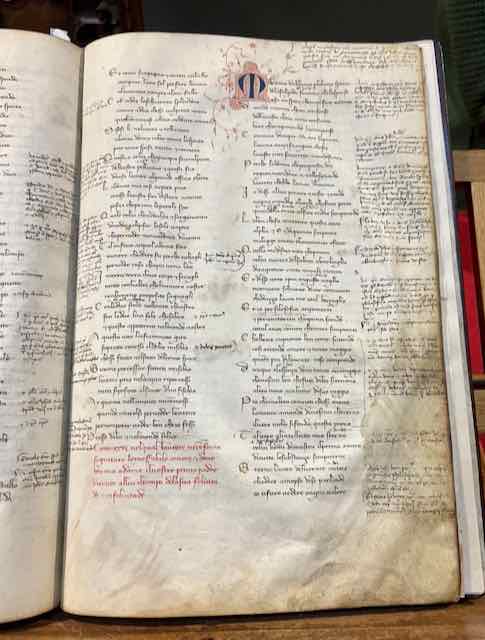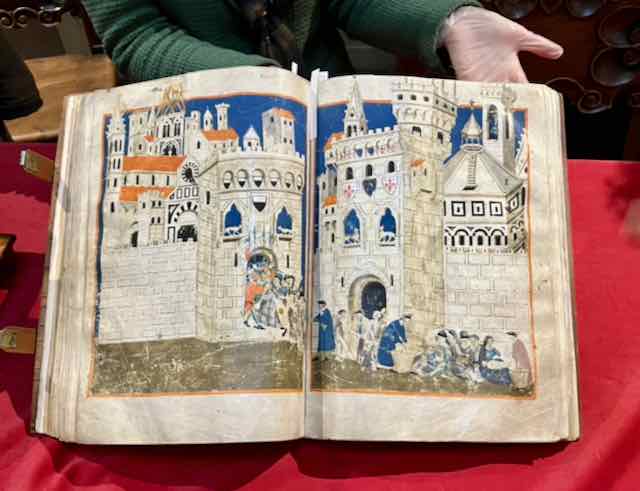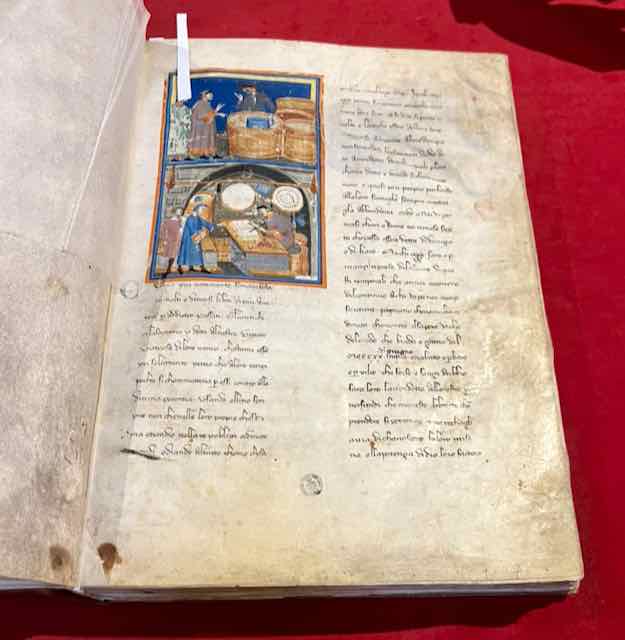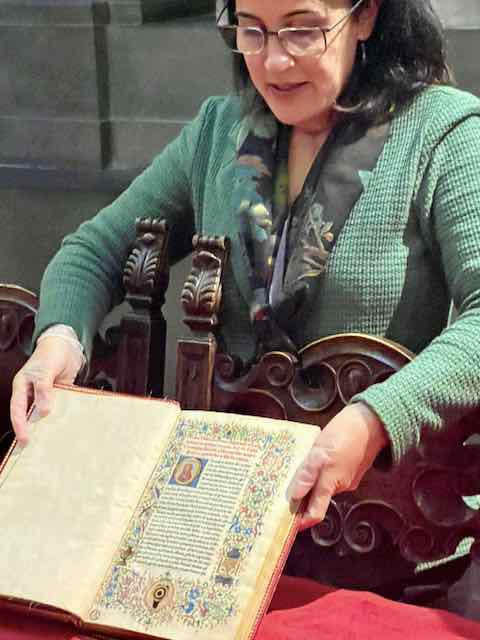Vatican City holds the title as the world’s smallest country, with an area of just 0.17 square mile. This was our destination today (ok we were there last night…) and more specifically to visit Saint Peter’s Basilica. The original structure was built in the fourth century by Roman emperor Constantine the Great. Construction of the present Basilica started in April 1506 and was completed on 18 November 1626.
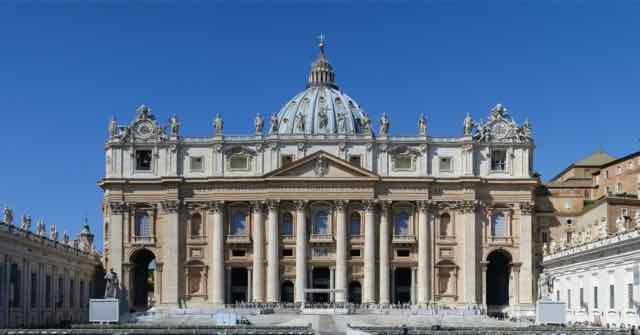
Designed principally by Donato Bramante, Michelangelo, and Carlo Maderno, with piazza and fittings by Gian Lorenzo Bernini, St. Peter’s is one of the most renowned works of Italian Renaissance architecture and is the largest church in the world by interior measure. St. Peter’s is regarded as one of the holiest Catholic shrines. It has been described as “holding a unique position in the Christian world”, and as “the greatest of all churches of Christendom.”
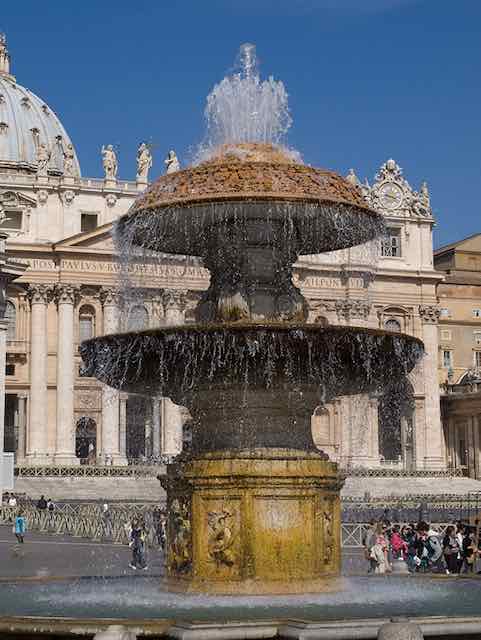
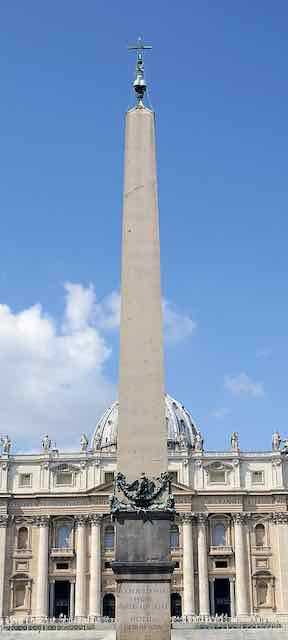
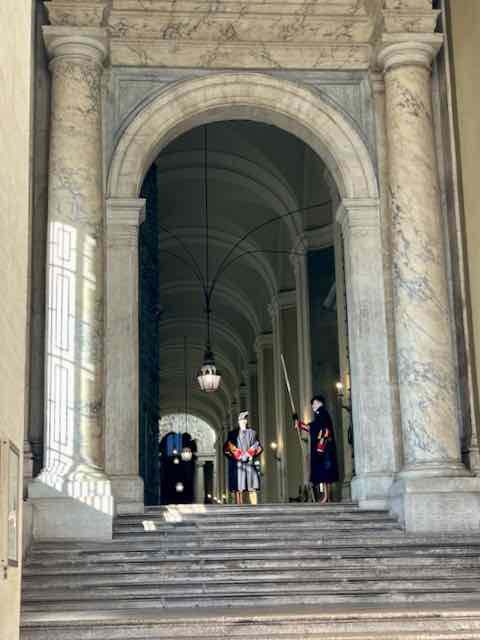
Walking up the stairs, and peeking behind the Swiss Guards, you cannot help but be a bit overwhelmed by all that has happened or represented by this place. Just looking around and seeing all the statuary, the fountain created by Bernini and the Egyptian obelisk, one of the thirteen ancient obelisks of Rome, it is beautiful.
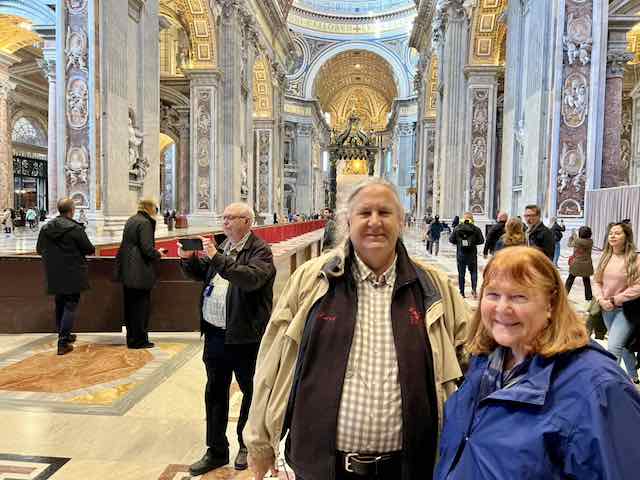

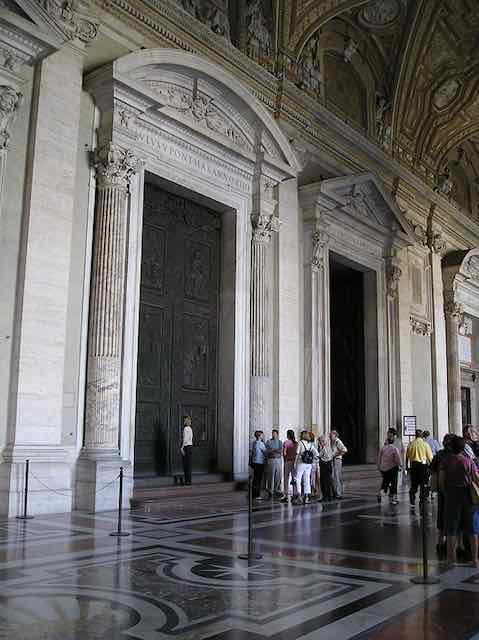

Once inside the Basilica, there is just an amazing assortment of statues, monuments, paintings and a miriad of other things to feast your eye on. I will admit to being a bit disappointed that area where Michelangelo’s Pietà was under restoration so the original was NOT viewable. However, the Internet allows me to post a lovely picture for your enjoyment.
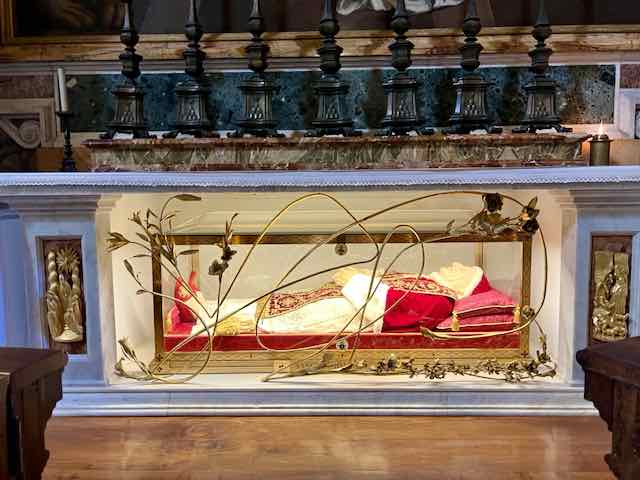
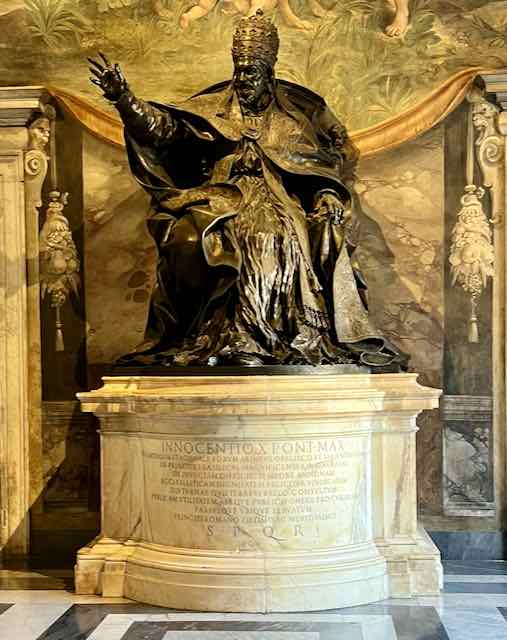
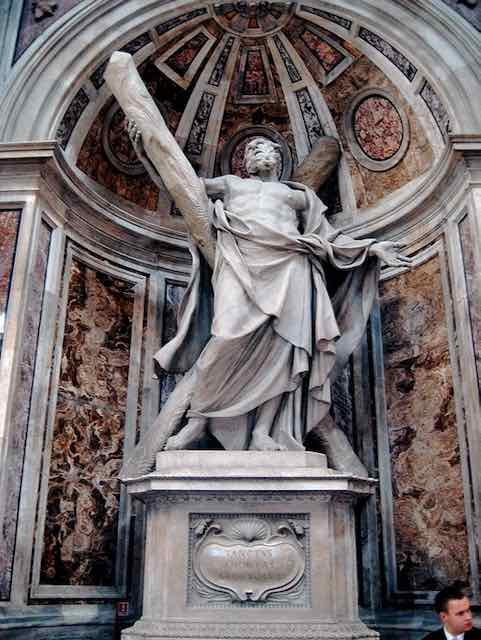
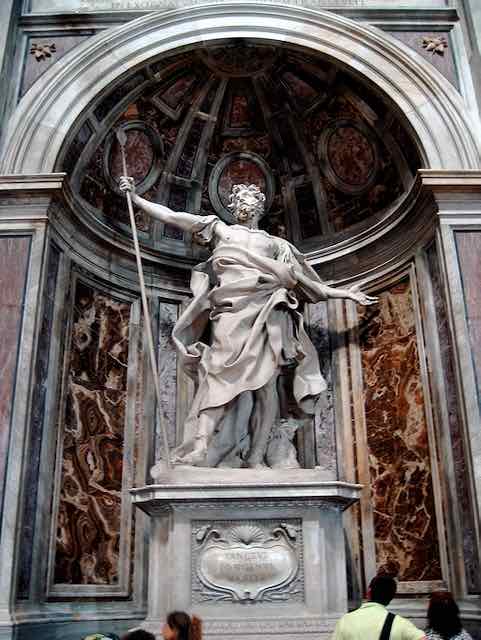
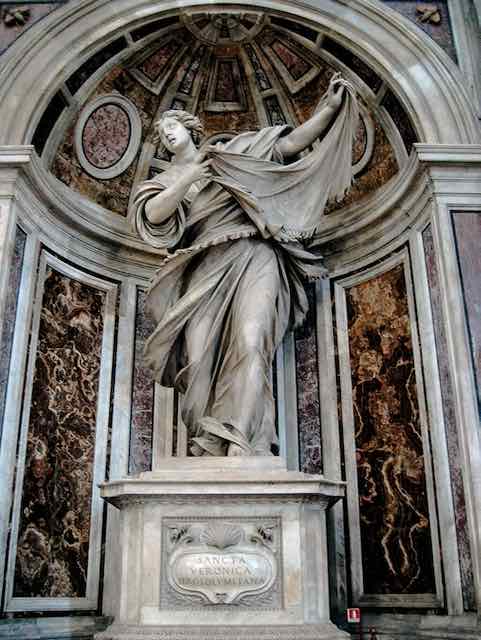
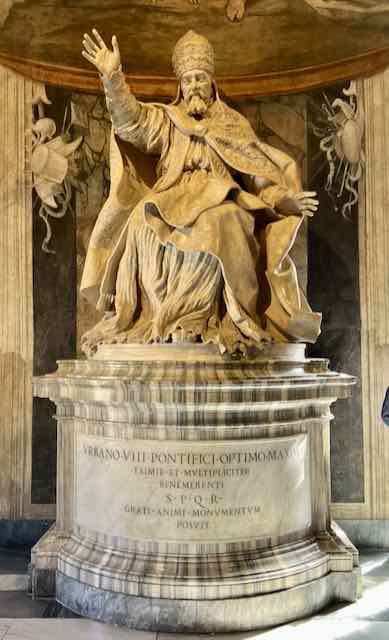
I admit, that I found it rather strange to have on view the embalmed bodies of several popes. You expect to see various of monuments dedicated to various popes over the centuries but the bodies of several were a bit off putting for me.
One of the most attention grabbing things is the very large Baroque sculpted bronze canopy, technically called a ciborium or baldachin, over the high altar of the Basilica.

The baldachin is at the center of the crossing, and directly under the dome of the basilica (you may recall that the dome was designed by Michelangelo). Designed by the Italian artist Gian Lorenzo Bernini, it was intended to mark, in a monumental way, the place of Saint Peter’s tomb underneath.
After our visit to Saint Peter’s, we headed to the Capitoline Museums are located adjacent to the Piazza del Campidoglio. This plan for the piazza was conceived by Michelangelo in 1536 and executed over a period of more than 400 years.
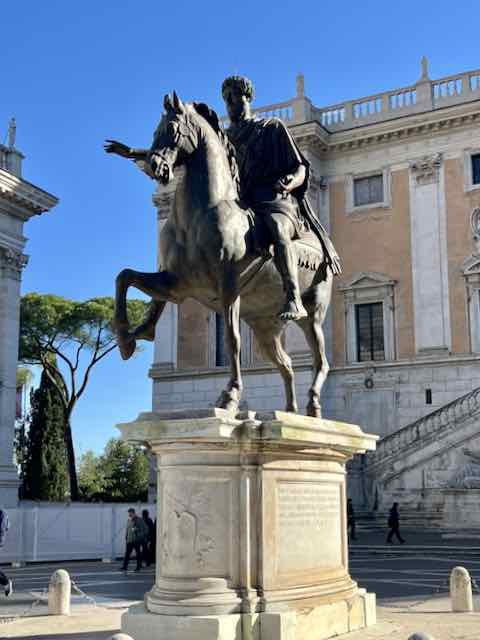
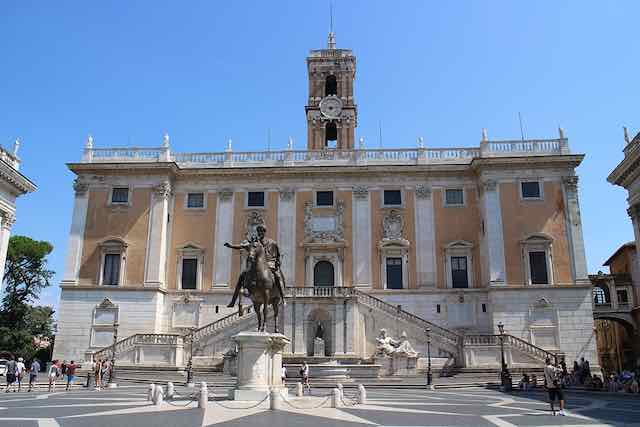
The equestrian statue of Marcus Aurelius, in the center of the Piazza del Campidoglio
The history of the museum can be traced to 1471, when Pope Sixtus IV donated a collection of important ancient bronzes to the people of Rome and located them on the Capitoline Hill. Since then, the museum’s collection has grown to include many ancient Roman statues, inscriptions, and other artifacts.
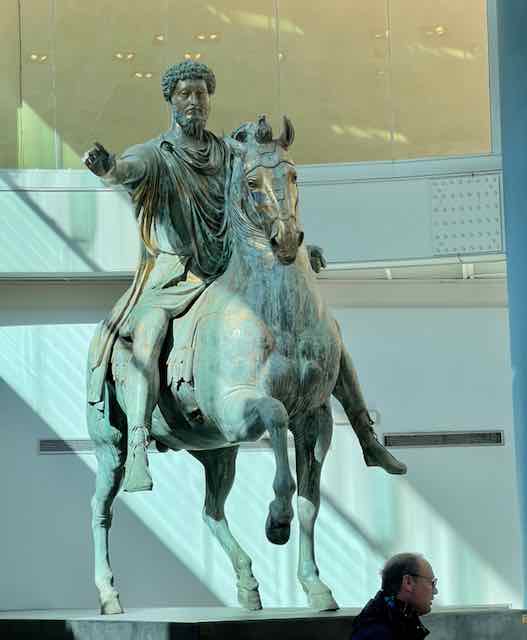
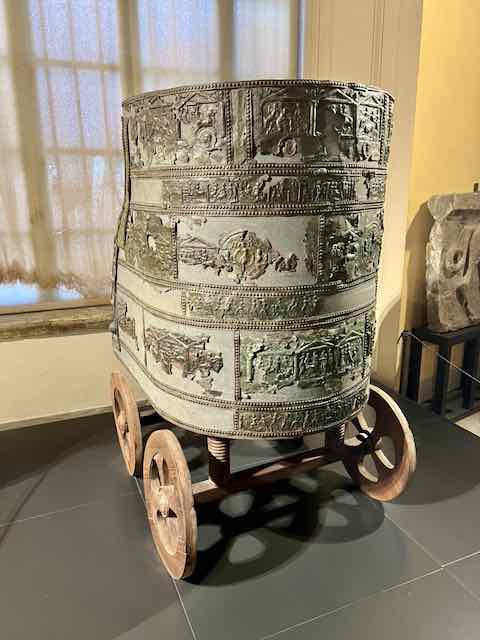
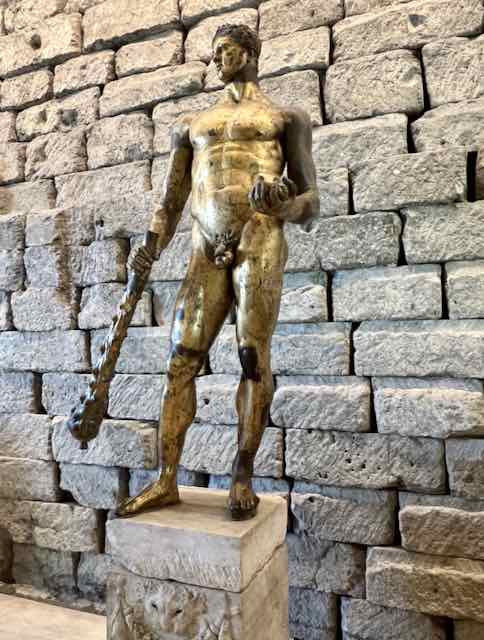
Equestrian Statue of Marcus Aurelius, a Roman Chariot and Hercules of the Forum Boarium
For our primary purpose, beyond appreciating the overall design of the piazza by Michelangelo, was to see the two Caravaggio paintings on display.

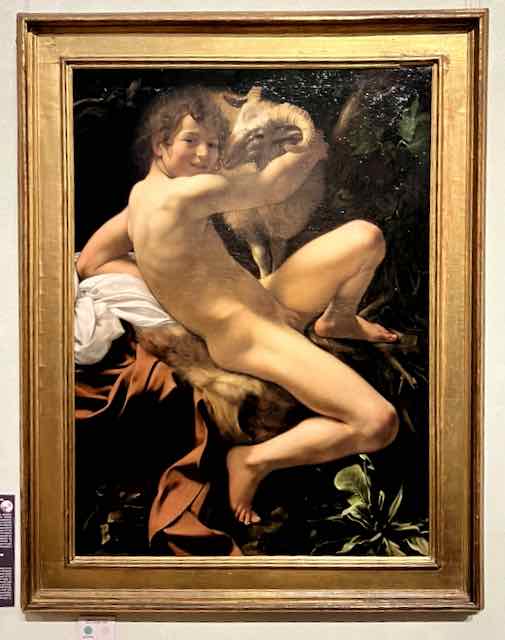
Caravaggio painted Fortune Teller in two versions, the first from c. 1594, the second from c. 1595. Look closely and you can see the fortune teller removing the ring from the gentleman. The John the Baptist depicts a completely nude youth reclining on an animal skin and makes the divine human and the human divine: Saint John is re-embodied as a grinning, impish and sensual youth, expressing with his whole body the joy of living. Painted in 1602.
All in all it was a wonderful day!
